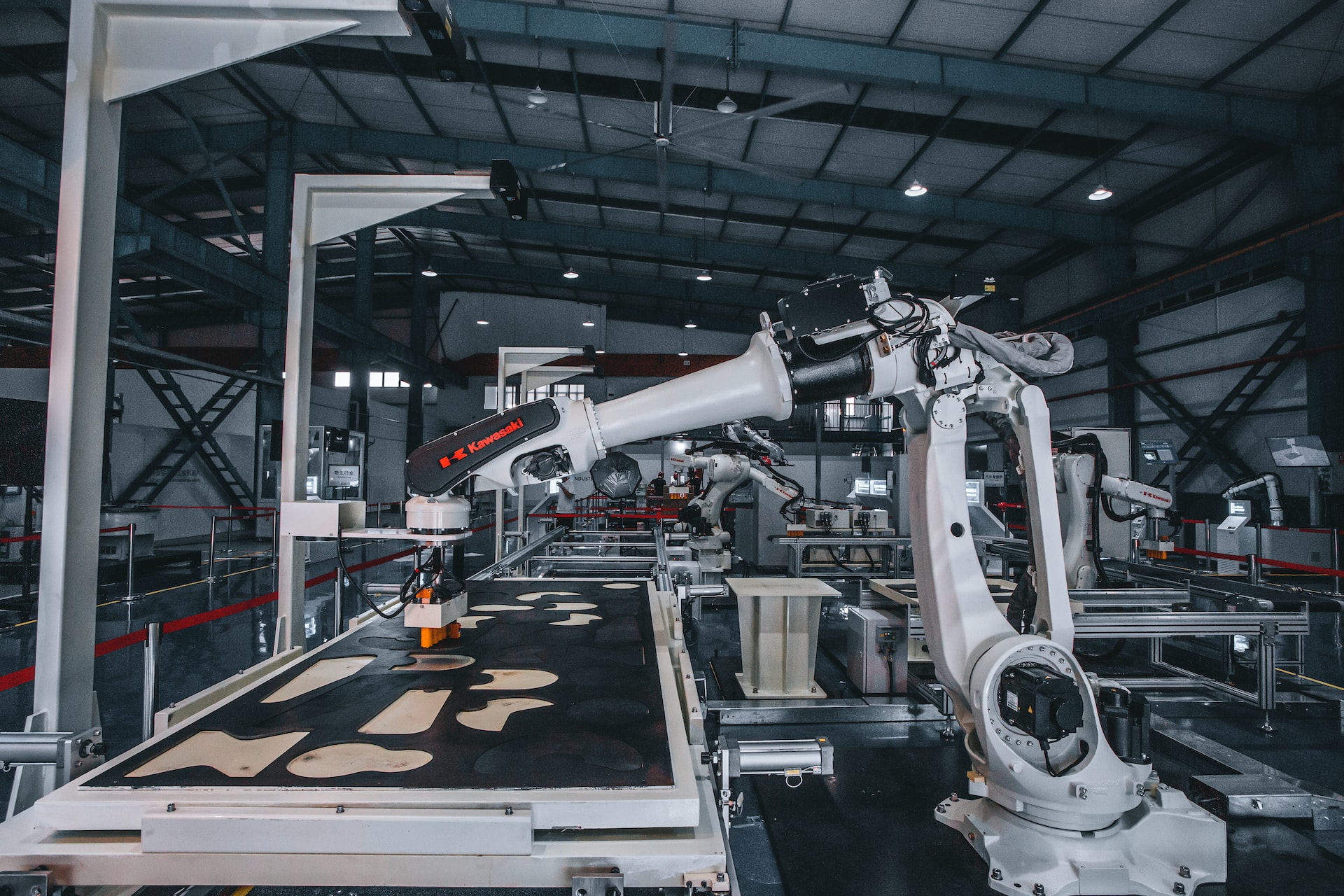



Revolutionized is reader-supported. When you buy through links on our site, we may earn an affiliate commision. Learn more here.
Industry 4.0 is rapidly redefining manufacturing and other industrial sectors. Promises of 30% increases in throughput and 50% downtime reduction have caught many manufacturers’ eyes, but amid this excitement, it’s easy to miss what this movement actually means. If businesses hope to capitalize on it, they must first understand what the defining characteristics of Industry 4.0 are.
This fourth Industrial Revolution is far more than a mere buzzword. Here’s a look at the defining characteristics of Industry 4.0.
One of the most recognizable defining characteristics of Industry 4.0 is its focus on IT-OT convergence. This combination of information technology (IT) and operational technology (OT) uses the industrial internet of things (IIoT) to give factories more insight into and control over their machinery.
This convergence typically comes through smart robotics, IoT sensors and remote connectivity. By combining industrial machines with data-centric technologies and remote access, facilities enable processes like predictive maintenance and real-time asset tracking. They can then adjust operations to become more efficient, flexible and cost-effective.
Another defining characteristic of Industry 4.0 is interoperability. In addition to connecting machines to remote users, this movement connects them to each other. As IT-OT convergence gives more equipment wireless connectivity, factories can become interconnected environments, acting as cohesive units.
Interconnectivity between machines creates more flexible automated lines where robots can adjust to changing situations elsewhere in the facility. This interoperability expands beyond machine-to-machine connections, too. Industry 4.0 also involves connecting technology to human workers through real-time data-sharing, collaborative robots (cobots) and similar technologies, helping both sides reach their full potential.
Industry 4.0 also relies on big data and analytics. Organizations in this movement use real-time and historical data from their operations, sales and surrounding environments to make more informed decisions. These insights help companies better prepare for the future, but they’re unattainable without new technologies like the IoT and artificial intelligence (AI).
Sales forecasting is one of the most common use cases for this data-driven decision-making, but it’s not the only application. Another growing use case is digital twins, which 62% of companies with IoT projects are currently planning on implementing. This technology uses data from factory floors to create virtual duplicates to run what-if scenarios, revealing how various changes could improve operations.
If organizations’ data-driven decisions are to be as effective as possible, these businesses must share this data across the value chain. Consequently, information transparency is another defining characteristic of Industry 4.0. After collecting data from IoT sensors and similar technologies, Industry 4.0 organizations share it with all relevant stakeholders.
Attaining this level of transparency requires real-time data-sharing solutions through cloud computing. It also raises the need for reliable cybersecurity in Industry 4.0 operations, as increased information sharing introduces data breach risks. However, with enough security, this transparency creates far more efficient and flexible value chains.
Industry 4.0 environments are also decentralized. This means removing dependencies and spreading functions across facilities and parts of an organization. By making access more open and moving away from the traditional model of keeping everything under a single large center, Industry 4.0 facilities become more resilient.
This decentralization also means removing machines’ reliance on people. IoT connectivity and AI functionality let industrial equipment function with at least some independence, expanding automation and letting human workers focus on the work they’re best suited for.
Flexibility is another defining characteristic of Industry 4.0. While conventional automation focuses on maximizing efficiency and throughput, Industry 4.0 uses technology to make operations more adaptable. That way, they can reach optimal efficiency and output regardless of outside influencing factors.
Real-time data is an important part of this flexibility. Factory robotics use real-time data to navigate safely and adapt to changing workspaces, and supply chains use it to adjust routes to avoid delays. Whatever the specifics, real-time insight through digital data lets organizations become more adaptable.
Finally, Industry 4.0 comes with a focus on exponential technologies. These are innovations that provide rapidly increasing improvements over time. Machine learning and 3D printing are some of the most common in today’s Industry 4.0 environments.
The companies that see the biggest improvements from digital transformation invest as much as 60% more in machine learning than their competitors. The focus on technologies that provide long-term optimization benefits lets organizations embrace a spirit of ongoing improvements. As a result, Industry 4.0 environments are continually evolving.
Knowing what the defining characteristics of Industry 4.0 are is the first step to capitalizing on them. When businesses move past the buzzwords and hype to understand this movement, they can start implementing it effectively. They can then enjoy all that Industry 4.0 has to offer.
Revolutionized is reader-supported. When you buy through links on our site, we may earn an affiliate commision. Learn more here.


This site uses Akismet to reduce spam. Learn how your comment data is processed.